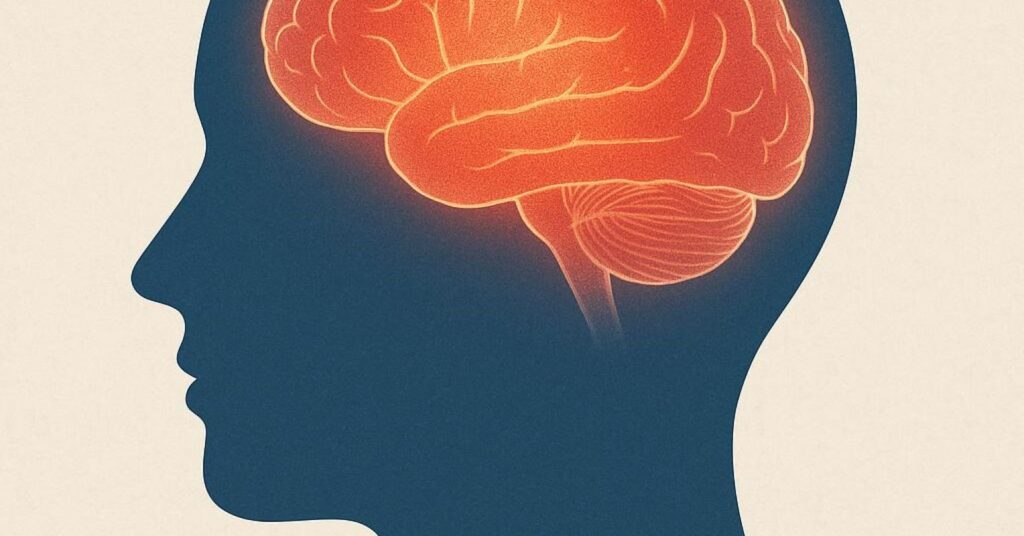When it comes to divorce, it is often seen as a legal and emotional upheaval. However, recent findings from neuroscience suggest that it can also be classified as a traumatic experience, particularly for children but also for adults.
From a neurological standpoint, trauma occurs when the brain becomes overwhelmed and unable to process or recover from a distressing event. Divorce, especially when sudden or filled with conflict, can trigger the brain’s stress systems in profound and enduring ways.
The Impact of Stress on Developing Brains
Children are especially susceptible to disruptions in their caregiving environment. During childhood, the brain is highly malleable, meaning that both positive and negative experiences can significantly influence it. Divorce characterized by high conflict can expose children to ongoing stress hormones like cortisol and adrenaline.
Studies from the Harvard Center on the Developing Child refer to this as “toxic stress,” which can hinder the development of brain systems necessary for emotional regulation, attention, and decision-making. MRI scans indicate that children exposed to chronic conflict may develop anxiety, emotional instability, or behavioral issues later in life.
Adolescents: Navigating Their Future Paths
Teenagers undergoing parental divorce face specific neurological risks. Their brains are still evolving in areas related to identity, emotion, and social connections. Imaging studies suggest that they are prone to social stress and rejection, leading to heightened anxiety, withdrawal, and depression.
Adolescents are also more cognitively developed, making them more likely to internalize the impact of divorce. They may blame themselves or develop unhealthy beliefs about relationships, trust, or love, influencing their future emotional well-being.
Adult Children of Divorce: Dealing with Unseen Struggles
Despite common assumptions, adult children are not immune to the emotional repercussions of divorce and often feel isolated in their grief and loss. Even after leaving the family home, a sudden family split can disrupt their sense of security and identity. Emotional pain stemming from family breakdowns can reignite old stress patterns in the brain, especially if there are lingering tensions among parents, adult children, and extended family members.
Neurological studies have demonstrated that revisiting painful family memories can activate the same brain regions associated with rumination and depression. This suggests that unresolved feelings regarding parental divorce can leave lasting emotional and neurological imprints years later.
Divorcing Adults: Navigating Trauma in Real-Time
Divorce can be traumatic for adults as well. Feelings of rejection, shame, or failure can trigger the brain regions responsible for processing social pain, explaining why heartbreak can feel physically agonizing.
In cases involving betrayal, legal disputes, or prolonged conflict, the brain and body can become entrenched in a state of chronic stress. This prolonged stress may lead to issues with memory, emotional regulation, and increased susceptibility to future trauma.
Recovery for the Traumatized Brain
The encouraging news is that neuroplasticity, the brain’s ability to rewire itself, is a lifelong process. Therapeutic approaches such as cognitive behavioral therapy (CBT), mindfulness-based stress reduction, and EMDR (Eye Movement Desensitization and Reprocessing) have all shown effectiveness in aiding both children and adults in overcoming divorce-related trauma. These interventions can help recalibrate the brain’s stress response systems, rebuild emotional regulation circuits, and foster a renewed sense of security.
Healing from Divorce Trauma Is Achievable
Divorce is more than just a legal and emotional stressor—it is a neurobiological event that can alter how the brain processes stress, emotion, and relationships throughout life. Viewing divorce through a neuroscience lens and treating it as a legitimate form of trauma opens up avenues for compassionate care and evidence-based paths to healing, which may be lengthy but certainly feasible.

